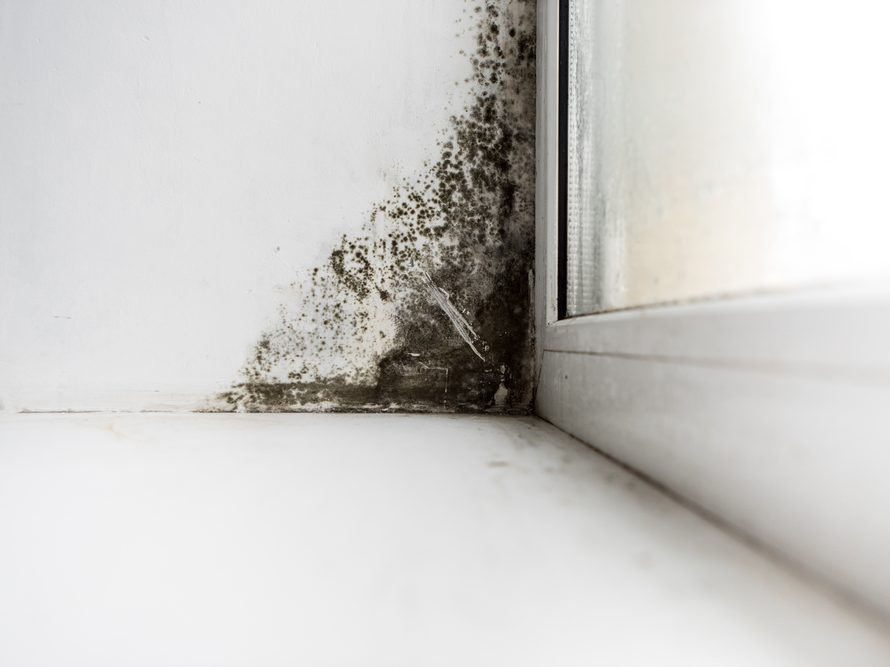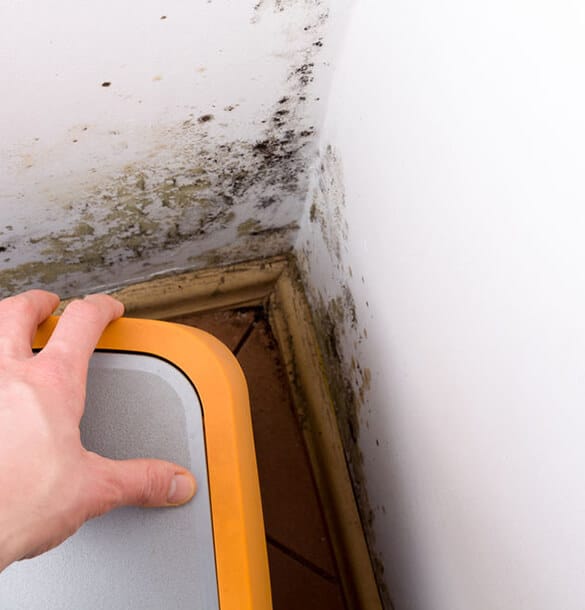Testing Air Quality After Mold Remediation
Testing Air Quality After Mold Remediation
Blog Article
Your Ultimate Guide to Post Mold Removal Strategies
In the results of mold and mildew invasion, recognizing just how to properly eradicate the mold and stop its reoccurrence is vital for keeping a healthy interior atmosphere. From picking the right cleaning and disinfecting approaches to executing approaches for lasting mold and mildew avoidance, each step in the remediation journey plays a critical role in ensuring a successful result.
Comprehending Post-Mold Removal Refine
After finishing the mold and mildew removal process, it is critical to recognize the post-mold removal techniques that are needed to make certain a reliable and complete cleanup. As soon as the mold and mildew has been eliminated, the following action entails cleansing and sanitizing the affected locations to prevent any regrowth of mold.
Moreover, carrying out a last inspection post-remediation is crucial to ensure that all mold has been successfully eliminated. This assessment ought to include a thorough aesthetic check as well as possibly air tasting to validate the lack of mold and mildew spores airborne. Extra removal might be needed if the inspection discloses any type of remaining mold. Finally, enlightening passengers on preventative procedures such as managing moisture degrees and immediately attending to any type of water leakages can assist maintain a mold-free environment.
Efficient Cleansing and Sanitizing Methods

Preventing Future Mold And Mildew Growth

Value of Appropriate Air Flow
Proper air flow plays an essential role in protecting against dampness buildup, a crucial factor in mold and mildew growth within indoor atmospheres. Reliable ventilation systems aid remove excess moisture from the air, minimizing the opportunities of mold and mildew spores locating the dampness they need to spread and germinate. Without sufficient ventilation, interior areas can become a breeding place for mold and mildew, bring about prospective wellness risks and structural damage.
By guaranteeing appropriate air flow, air flow systems can also help in drying out damp locations quicker after water damage or flooding cases, additionally hindering mold growth. what to do after mold remediation. Precede like restrooms, basements, kitchen areas, and attics where dampness degrees tend to be higher, installing and keeping reliable air flow systems is important in stopping mold infestations

Tracking and Maintenance Tips
Provided the essential role that proper ventilation plays in stopping mold growth, it is imperative to establish effective surveillance and maintenance tips to guarantee the continued performance of air flow systems. Regular inspections of air flow systems need to be carried out to examine for any kind of indicators of clogs, leakages, or breakdowns that could impede correct air movement. Tracking moisture degrees within the residential or commercial property is also important, as high humidity can add to mold development. Mounting a hygrometer can assist track moisture degrees and alert home owners to any kind of spikes that may need interest. Furthermore, making certain that air filters are regularly cleansed or replaced is important for maintaining the performance of the ventilation system. Implementing a timetable for regular maintenance jobs, such as air duct cleaning and HVAC system evaluations, can help stop issues prior to they rise. By remaining positive and conscientious to the condition of air flow systems, homeowner can efficiently minimize the threat of mold regrowth and keep a healthy interior environment.
Verdict
In verdict, post-mold removal techniques are vital for ensuring a clean and safe atmosphere. Recognizing the procedure, implementing efficient cleaning and sanitizing methods, stopping future mold growth, maintaining proper air flow, and normal monitoring are all essential action in the remediation procedure. By adhering to these standards, you can effectively get rid of mold and stop its return, advertising a healthy and balanced living or working area for all passengers.
In the consequences of mold and mildew invasion, recognizing exactly how to successfully eradicate the mold and avoid its reoccurrence is vital for maintaining a healthy and balanced interior environment. As soon as the mold and mildew has been removed, the following step includes cleaning and decontaminating the affected Source locations to avoid any type of regrowth of mold - Post Mold Remediation Report. After getting rid of visible mold development, it is vital to clean up all surface areas in the affected location to remove any kind of remaining mold spores. To Going Here further improve mold prevention steps, it is crucial to deal with underlying problems that initially led to mold and mildew development.Given the critical function that proper air flow plays in stopping mold growth, it is necessary to establish efficient tracking and maintenance tips to guarantee the continued performance of air flow systems
Report this page